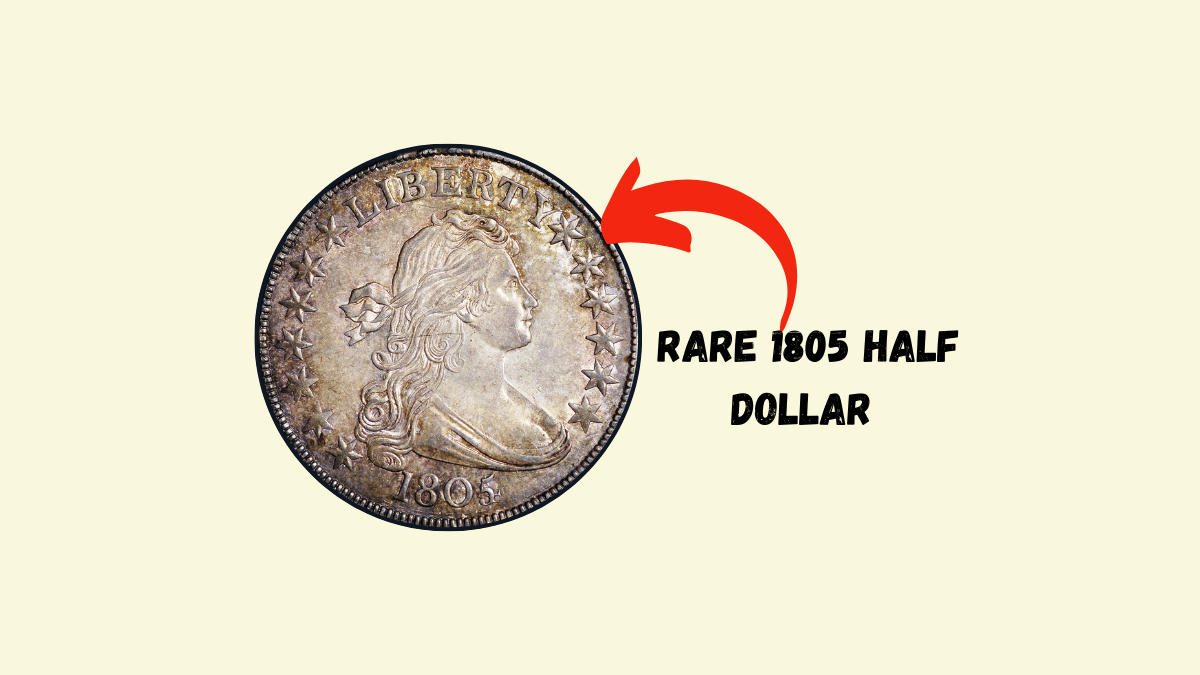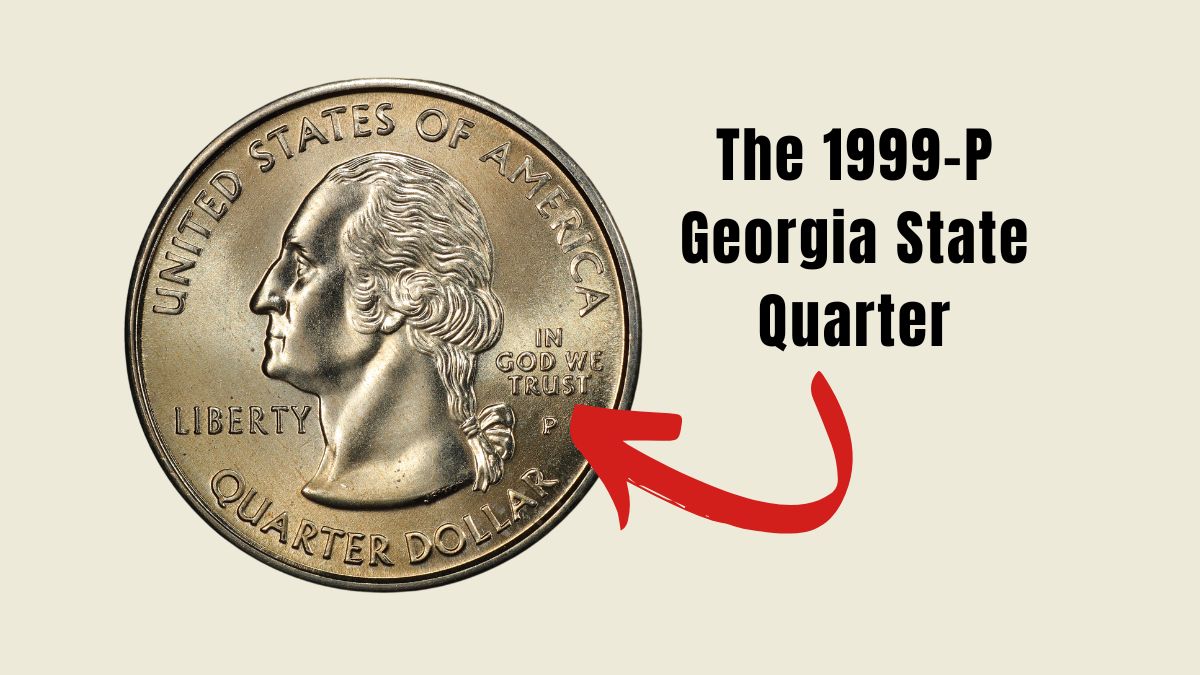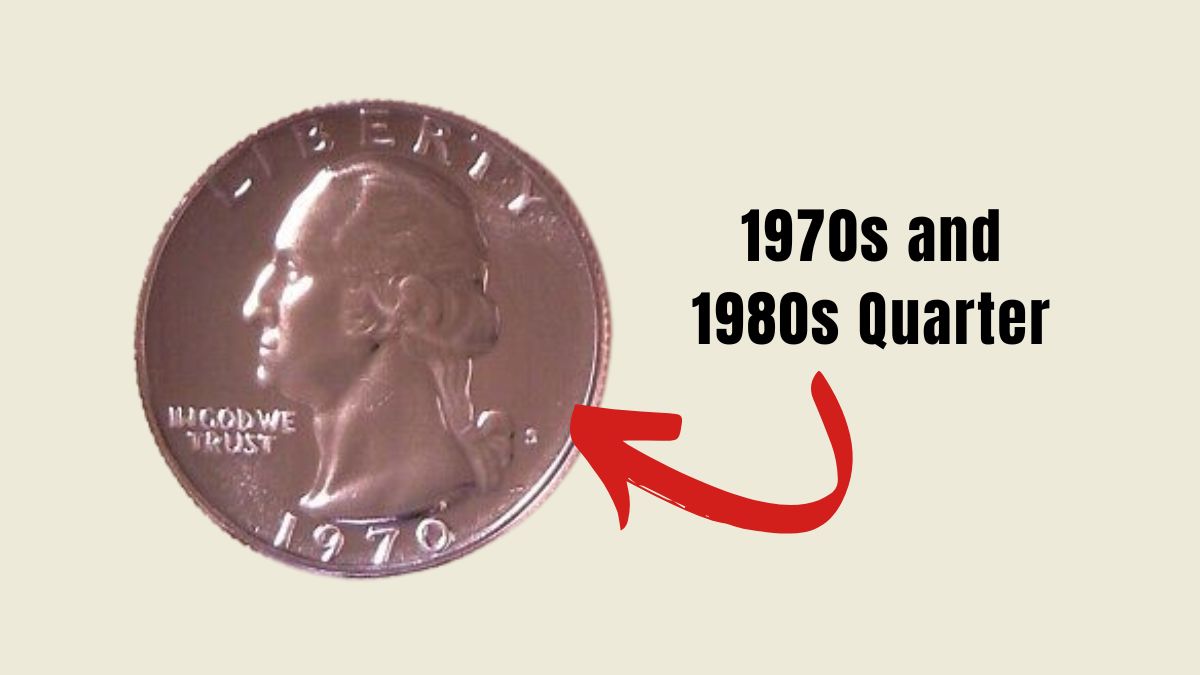The United States Mint has a rich history of producing silver dollars, with periods of both active minting and hiatuses. The journey of the U.S. silver dollar reflects the nation’s economic shifts and legislative changes over the centuries.
Early Production (1794–1804)
The inception of the U.S. silver dollar began in 1794 with the Flowing Hair Dollar, marking the nation’s first foray into silver dollar coinage.
Production continued uninterrupted until 1804. Interestingly, the renowned 1804 Draped Bust Dollar wasn’t minted in that year but was produced in the mid-1830s, adding a layer of intrigue to its history.
Hiatus and Resumption (1836–1873)
After a three-decade pause, the Mint resumed silver dollar production in 1836. This period saw the introduction of new designs and the adaptation to evolving economic conditions.
However, in 1873, legislative changes led to the cessation of the then-current silver dollar’s production, signaling another shift in the Mint’s operations.
Trade Dollar Era (1873–1885)
Concurrently, 1873 marked the commencement of the Trade Dollar, specifically minted for commerce in Asia. Although it contained silver, its primary purpose was international trade, and it had limited legal-tender status within the United States, distinguishing it from its domestic counterparts.
The Morgan Dollar (1878–1904, 1921)
The Bland-Allison Act of 1878 revitalized domestic silver dollar production, leading to the creation of the iconic Morgan Dollar.
This coin became emblematic of American currency, especially prevalent in Western states. Production halted in 1904 but briefly resumed in 1921 to fulfill the requirements of the Pittman Act of 1918.
The Peace Dollar (1921–1935)
Later in 1921, the Peace Dollar was introduced, symbolizing the nation’s desire for peace following World War I. Minting continued until 1928, with a brief revival in 1934 and 1935, after which the production of silver dollars ceased for several decades.
| Design | Years Minted | Purpose | Notable Facts | Hiatus Periods |
|---|---|---|---|---|
| Flowing Hair Dollar | 1794–1795 | First U.S. silver dollar | 1794 specimen sold for over $10 million | |
| Draped Bust Dollar | 1795–1804 | Continued early dollar design | 1804 dollars minted in the 1830s | 1804–1836 |
| Seated Liberty Dollar | 1840–1873 | Resumed dollar production | Ended due to Coinage Act of 1873 | 1873–1878 |
| Trade Dollar | 1873–1885 | For trade in Asia | Limited legal-tender status in the U.S. | |
| Morgan Dollar | 1878–1904, 1921 | Revived domestic silver dollar | Briefly resumed in 1921 | 1904–1921; post-1921 |
| Peace Dollar | 1921–1928, 1934–1935 | Commemorated peace post-WWI | Final regular issue silver dollar | 1928–1934; post-1935 |
Conclusion
The production timeline of U.S. silver dollars is characterized by periods of activity and dormancy, influenced by legislative decisions and economic factors.
From the pioneering Flowing Hair Dollar to the symbolic Peace Dollar, each coin reflects a chapter in American history, embodying the nation’s evolving values and economic landscape.
FAQs
When was the first U.S. silver dollar minted?
The first U.S. silver dollar, known as the Flowing Hair Dollar, was minted in 1794.
Why wasn’t the 1804 silver dollar minted in 1804?
The 1804 Draped Bust Dollar was actually produced in the mid-1830s, despite bearing the 1804 date, making it a notable rarity among collectors.
What was the purpose of the Trade Dollar?
The Trade Dollar, introduced in 1873, was minted primarily for commerce in Asia and had limited legal-tender status within the United States.
Why did silver dollar production cease after 1935?
Production halted due to changing economic conditions and legislative decisions, marking the end of an era for U.S. silver dollars.
What is the significance of the Morgan Dollar?
The Morgan Dollar, minted from 1878 to 1904 and briefly in 1921, is one of the most iconic U.S. silver dollars, widely collected for its historical and numismatic value.



